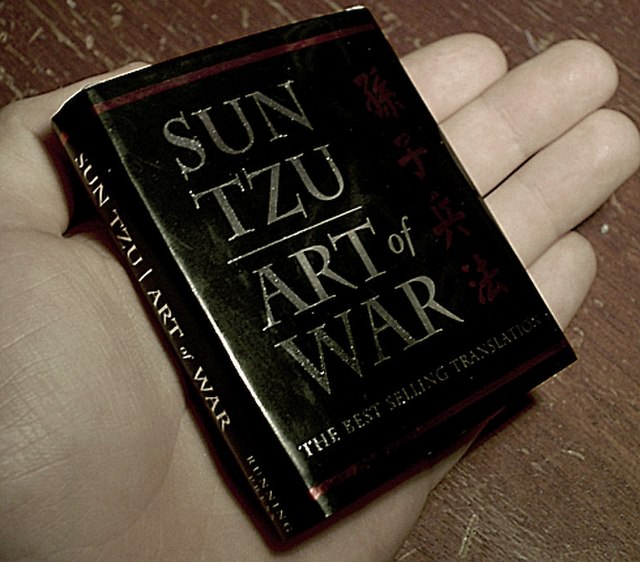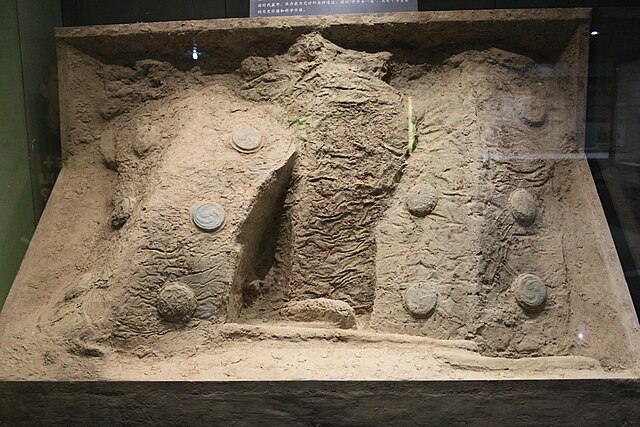The Art of War is an ancient Chinese military treatise dating from the late Spring and Autumn period. The work, which is attributed to the ancient Chinese military strategist Sun Tzu, is composed of 13 chapters. Each one is devoted to a different set of skills or art related to warfare and how it applies to military strategy and tactics. For almost 1,500 years, it was the lead text in an anthology that was formalized as the Seven Military Classics by Emperor Shenzong of Song in 1080. The Art of War remains the most influential strategy text in East Asian warfare, has influenced both East Asian and Western military theory and thinking, and has found a variety of applications in myriad competitive non-military endeavors across the modern world including espionage,
culture, politics, business, and sports.
The Art of War
Fragments of The Art of War discovered as a part of the Yinqueshan Han Slips, showing the version of The Art of War that was popular in Han dynasty (206 BC – 220 AD)
The beginning of The Art of War in a classical bamboo book from the reign of the Qianlong Emperor
Running Press miniature edition of the 1994 Ralph D. Sawyer translation, printed in 2003
The Spring and Autumn period in Chinese history lasted approximately from 770 to 481 BCE which corresponds roughly to the first half of the Eastern Zhou period. The period's name derives from the Spring and Autumn Annals, a chronicle of the state of Lu between 722 and 481 BCE, which tradition associates with Confucius. During this period, royal control over the various local polities eroded as regional lords increasingly exercised political autonomy, negotiating their own alliances, waging wars amongst themselves, up to defying the king's court in Luoyi. The gradual Partition of Jin, one of the most powerful states, is generally considered to mark the end of the Spring and Autumn period and the beginning of the Warring States period.
Leather horse armour from the Tomb of Marquis Yi of Zeng, 5th c. BC
Yue style bronze building and entertainers (Spring and Autumn period)
Shields from a Guo tomb
Urbanization during the Spring and Autumn period.








